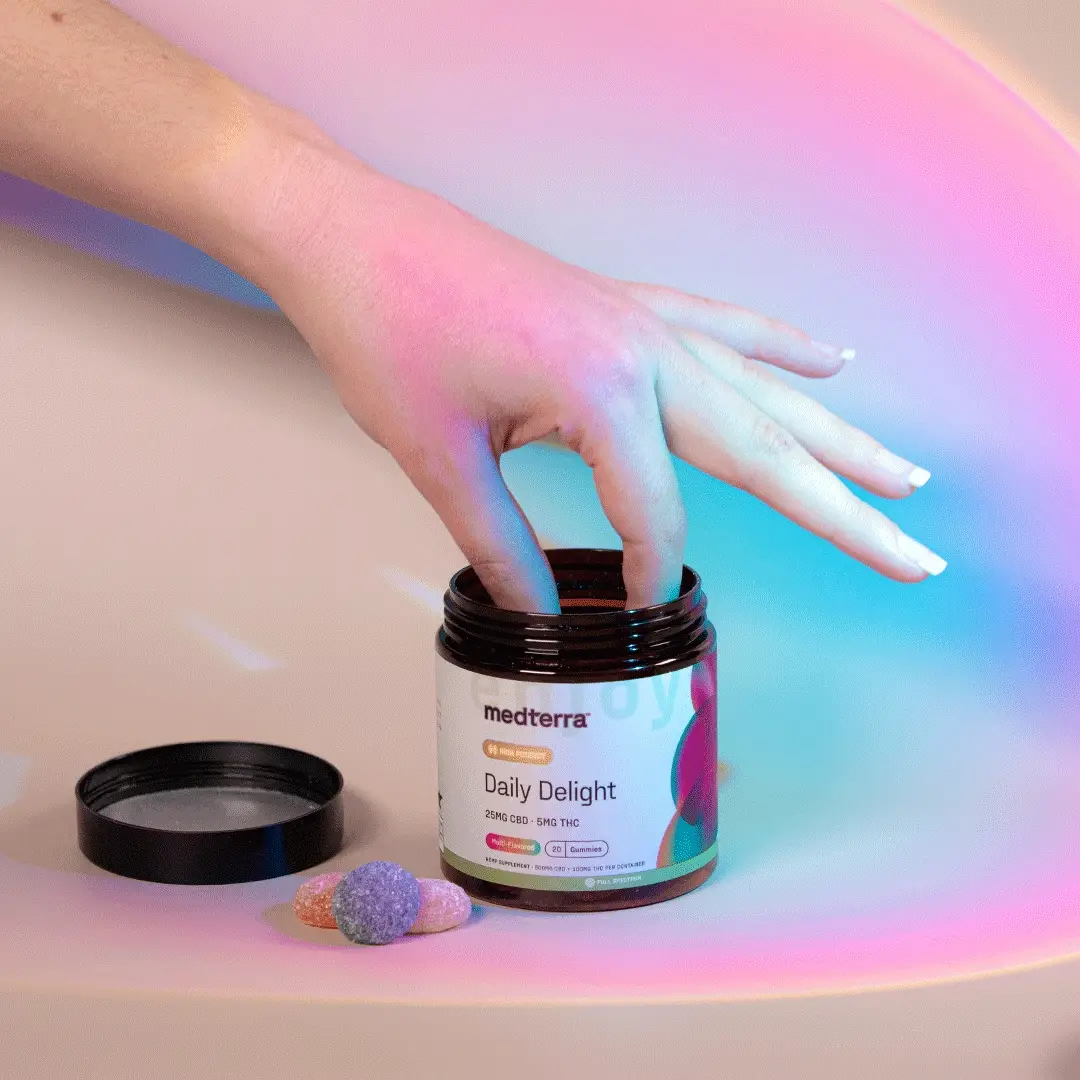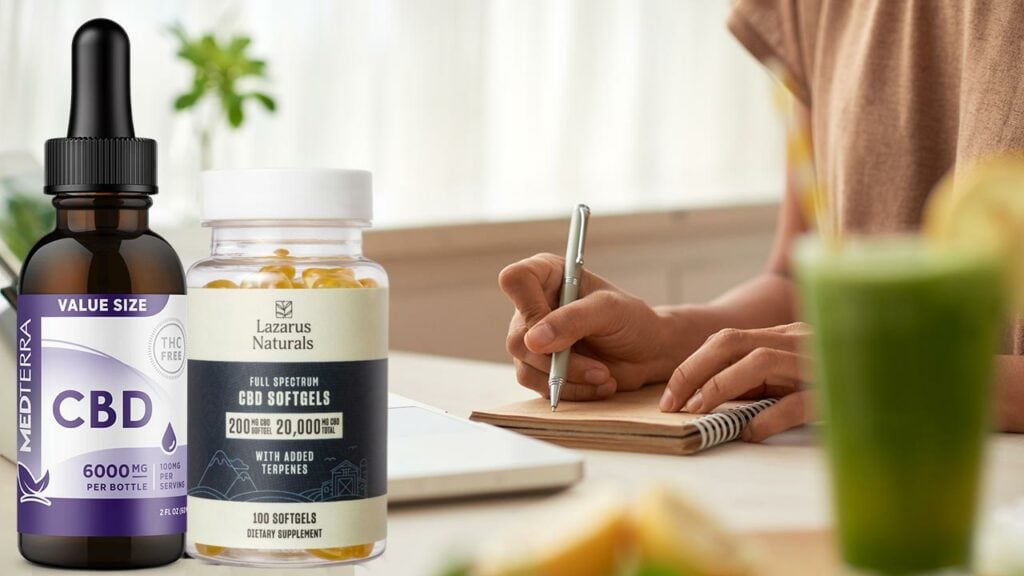When Is the Right Time to Increase Your CBD Dose?
Summarize

CBD is growing in popularity by leaps and bounds as more users tout the benefits they experience, like better sleep and increased energy. Once you take CBD regularly, there may come a time when it is necessary to increase CBD oil dosage frequency or CBD potency. There is no formula for knowing how to increase the CBD oil dosage potency or dose frequency to meet personal needs, but there are certain indications that a change is needed to increase the effects of taking CBD.

TL;DR (Too Long; Didn’t Read):
Since there are no federal health recommendations for CBD oil dosage amounts, you should begin with a low-potency CBD product and take the oil as the producer recommends, like twice a day or once an hour before bedtime. The dosage recommendations will depend on why you are taking a particular CBD product, such as CBD for energy or sleep. Assess how CBD makes you feel and whether it addresses your needs. If it does not produce the desired effects, slowly increase the amount of CBD oil, like weekly adding 5 mg of CBD to the daily dose, or increase the CBD potency. Give your body time to adjust to the cannabinoids with each increase in the potency or amount of CBD oil you take.
Table of Contents
Start With a Low Potency, Low Dose Schedule
The accumulating research studies demonstrating CBD may provide benefits or supports well-being is growing. A quick search on ClinicalTrials.gov shows 440+ studies in progress or planned on CBD’s potential impact on skin, sleep and so much more. There is also a study on the efficacy of a low dose of cannabidiol to treat mild to moderate relief.
The plethora of studies reflects the medical community’s interest in CBD as a therapeutic, but they also study various CBD doses and potencies. Until more clinical trials are conducted, the best way to start the CBD oil dosage is to start with a low-potency CBD oil product and follow the CBD producer’s dosing schedule on the product label.
Technically, potency refers to the relationship between the magnitude of a substance’s effect to the dose. A product called high potency means it has a strong impact when a low dose is taken. Efficacy is the term for the maximum response a substance elicits. The substance’s interactions in the body include absorption, metabolism and excretion, all impacting bioavailability. This is why you should track the effects of CBD.

Why You Should Keep a CBD Journal?
Each person is unique in their biological processing of CBD. CBD potency is stated in units of doses, like 25 mg of CBD per serving size (dose) or 0.5 ml, which is usually half of a dropper. If you took a whole dropper, you would be taking 50 mg of CBD per one ml.
Since there is no standard CBD dose, the best dosage of CBD is the one that delivers the effects you are looking for, and that may take some experimentation. The right amount of CBD for each person is affected by factors like metabolic rate, weight, the type of CBD product taken, foods eaten and more.
Increasing the CBD Oil Dose
The bioavailability of CBD taken orally is approximately 6%. However, oral CBD products could be edibles like gummies or cookies. Taking a CBD oil tincture increases bioavailability because the CBD is absorbed directly into the bloodstream and bypasses the digestive system. Various research projects have found that CBD tincture has a 4-20% bioavailability. There is no hard and fast conclusion yet about bioavailability, and more research is needed.
Low bioavailability is one reason consumers taking CBD oil may want to increase the potency of CBD oil or increase the amount of oil taken each day. The key to knowing when to take more CBD oil is when you are not experiencing the desired effects after consuming the CBD for one to two weeks.
It would be best to wait at least a week or longer before increasing the CBD oil dose because researchers have found that CBD may be retained in muscle, liver and fat tissues. The study was conducted to develop recommended CBD oral dosing regimens based on human characteristics like gender and body muscle and fat composition. So you need to build up the CBD in your system before increasing the CBD to determine the CBD’s effects.
Increase CBD Potency, Number of Doses, or Both?
There are three options for increasing the amount of CBD you consume.
- You can increase the number of times you take the same CBD oil potency, i.e., add a midday to a morning and evening dose.
- You can also increase the potency and keep the same dosage schedule, i.e., once or twice a day but take 30 mg of CBD per dose instead of 25 mg.
- You can do both, i.e. increase CBD potency and the number of daily doses.
CBD dosages are expressed in milligrams. The lowest CBD potencies are usually considered 10 mg and 25 mg per serving among the various brands, with CBD also available for 30, 50, 100, and 200 mg per serving. If you are a first-time user and want to be very cautious, you can start with a CBD oil with a very low 10 mg potency and take 5 mg twice daily. Then you can increase the dosage amount slowly each week, i.e., 5 mg daily increments, which would be an additional 2.5 mg per dose.

Tracking how you feel when taking CBD is crucial to determine when to increase the amount consumed. One of the nice features of CBD oil is that you can easily take more drops. For example, assume the CBD oil has 25 mg of CBD per serving, which is half a dropper of oil. You can take half a dropper of CBD oil per serving and add some extra drops. With some basic math, you can learn how to increase doses of CBD with good precision.
Example
To figure the number of drops for the desired amount of CBD you want to add to your regimen, begin with the assumption that a 10 ml bottle of CBD oil has approximately 200 drops.
- A 30 ml bottle of CBD oil will have 3 x 200 drops or 600 drops.
- If the bottle holds 1500 mg of CBD per container, divide 1500 by 600; each drop has 2.5 mg of CBD.
- If you want to increase your CBD intake slowly, add one or two drops to the regular dosage. The 25 mg of CBD plus two drops would be 25 + (2*2.5) = 30 mg per serving and 60 mg of CBD daily.
How Much is the Right Amount of CBD for Me?
You can increase the CBD potency, dose amount, serving frequency, or both. The most important thing to remember is to initially dose low and slowly increase the amount of CBD you take to give your body time to adjust. The goal is to find the optimal amount of CBD to meet your needs – not too little or too much.
Too much CBD quickly could lead to side effects like fatigue and decreased appetite. However, researchers are finding through clinical trials that CBD leads to few serious side effects and is well tolerated. Also, remember that the full spectrum CBD oil has some THC and other cannabinoids, and broad spectrum CBD is THC-free but has all the other cannabinoids found in full spectrum CBD oil. To determine the effect of only CBD, you would need to take CBD isolate, which is pure CBD.
Listen to Your Body
How much CBD should I take?
The ideal dosage of CBD is the dose frequency and CBD potency that addresses your well-being needs.
People say they take CBD for various reasons, including helping improve sleep and others. The CBD dosage that works best is the one that helps you manage the reason for taking CBD in the first place.
A study in New Zealand assessed the effect of CBD on 400 patients in New Zealand. The results found an increase in the overall quality of health for patients. The side effects included improved sleep and appetite. One caution is to check with your doctor when you want to increase your CBD dose if you take any prescription medicines. Some medicines do not mix well with CBD.
Sources
- https://clinicaltrials.gov/ct2/results?cond=&term=cannabidiol&cntry=&state=&city=&dist=
- https://clinicaltrials.gov/ct2/show/NCT04193631?term=cannabidiol&draw=2&rank=8
- https://tech.snmjournals.org/content/46/2/81
- https://www.ncbi.nlm.nih.gov/pmc/articles/PMC8803256/
- https://www.mdpi.com/2072-6643/14/10/2101
- https://www.ncbi.nlm.nih.gov/pmc/articles/PMC7608221/
- https://www.ncbi.nlm.nih.gov/pmc/articles/PMC7330185/
Share this post


0